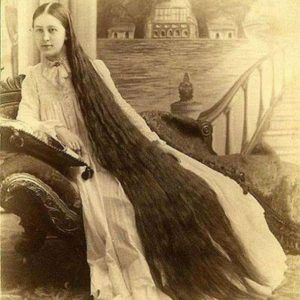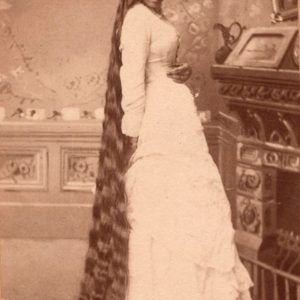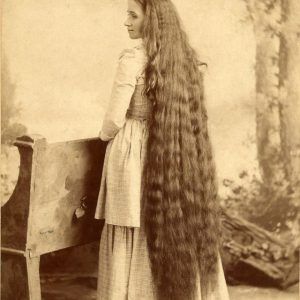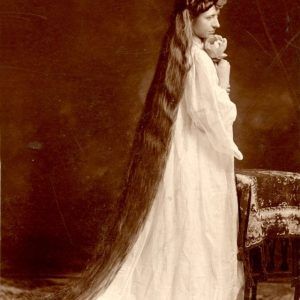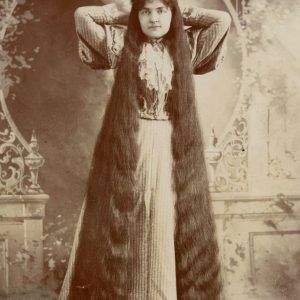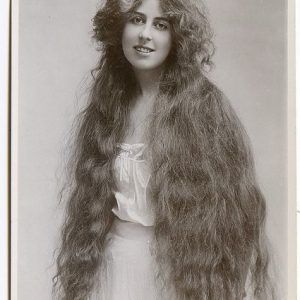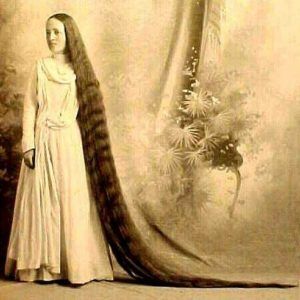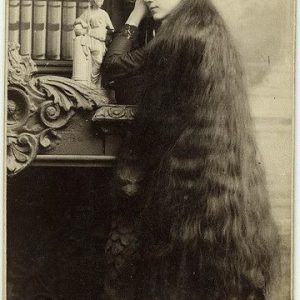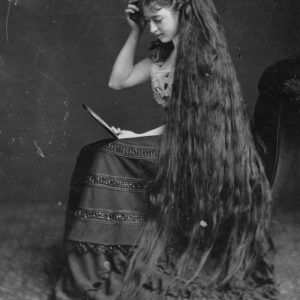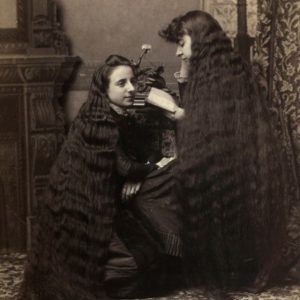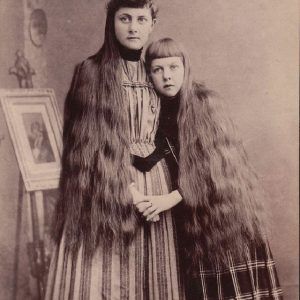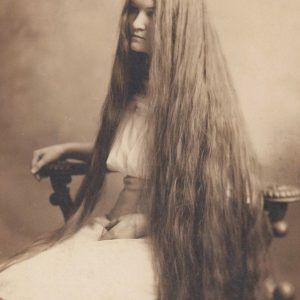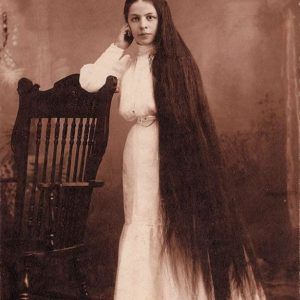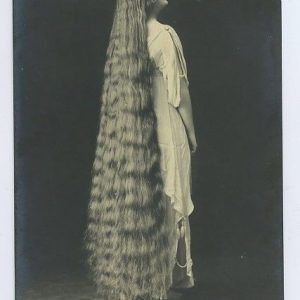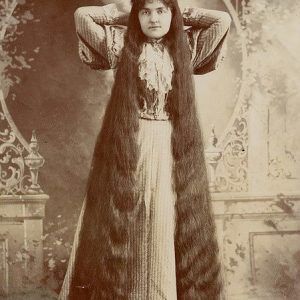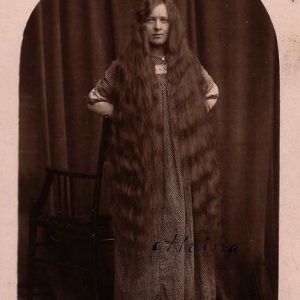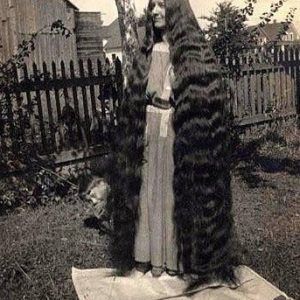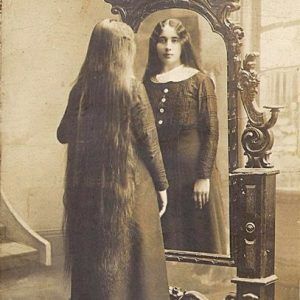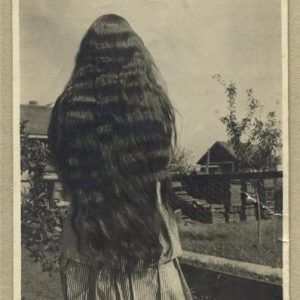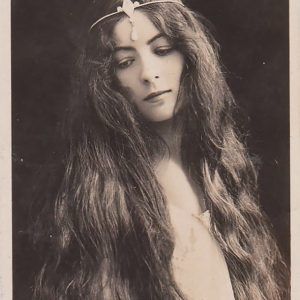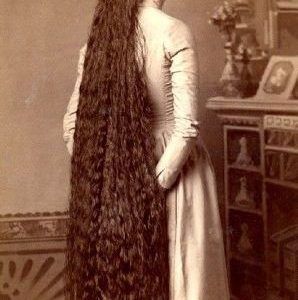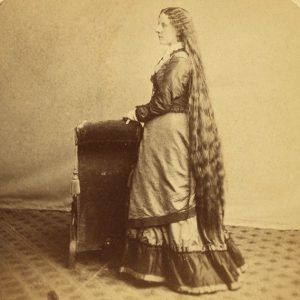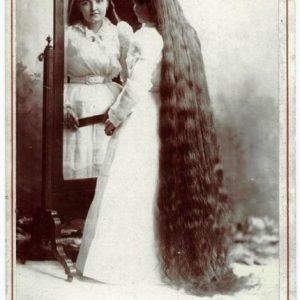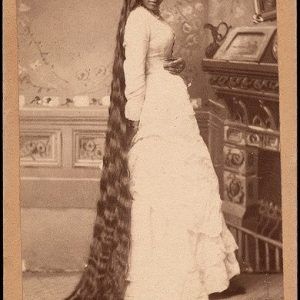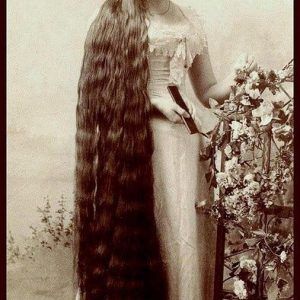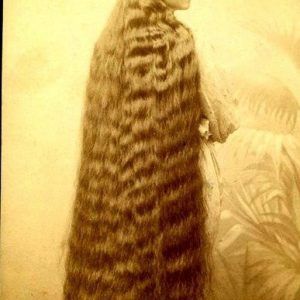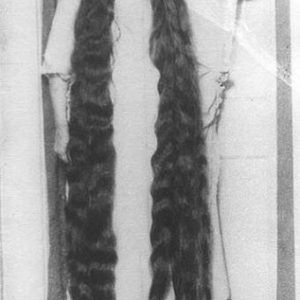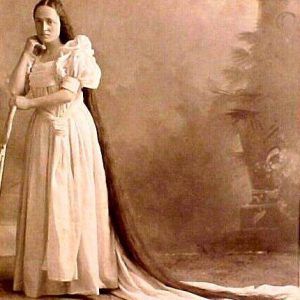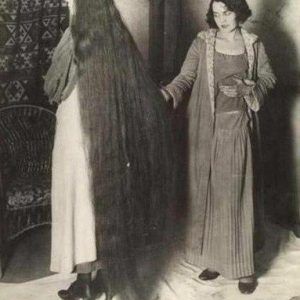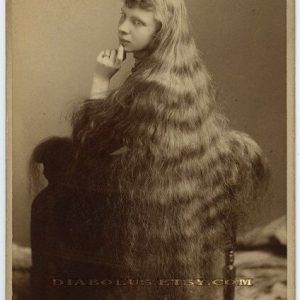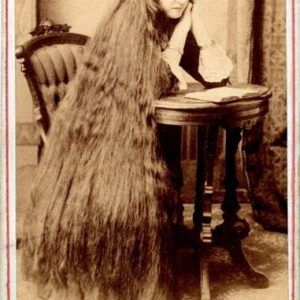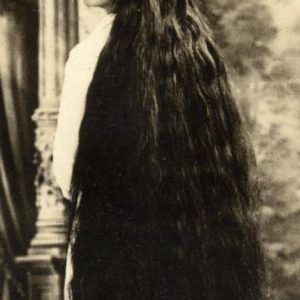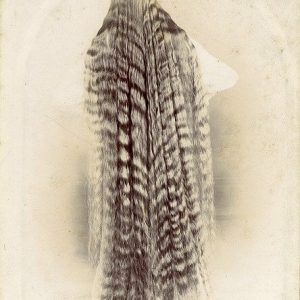The Victorian era technically spanned from June 20, 1837, until Queen Victoria’s death on January 22, 1901.
This was a rather peaceful time in the United Kingdom, a change from the highly rational Georgian period that preceded it. Many people, including myself, are fascinated by this historical era, from the architecture to the etiquette, and right down to the way they dressed and spoke. Photography was also on the rise, and was much more accessible than previous years. Because of this, we have some very beautiful portraits and pictures from this time period.
In the Victorian era, a Western woman’s hair was considered an important part of her appearance and om both sides of the Atlantic, it marked her status and her femininity.
Probably It is easy to be fascinated by the thick and very long hair of these Rapunzel of the late nineteenth and early twentieth centuries. If you look at them from the front, they appear to you as angelic visions, almost like surreal elves. However, If you look at them from behind, they appear like disturbing ghosts that make you lose sleep!
In Victorian times, the long hair was called “a woman’s crown”.
An important rite of passage for an adolescent girl during this time was the moment she began to wear her hair up. Previously it would have been worn in plaits and tied up with a ribbon.
A woman’s hair was worn coiled and curled in a variety of elaborate hairstyles, sometimes embellished with jewels or feathers. These changed with current fashions of the time, but the hair was not cut unless absolutely necessary. In fact, the long hair was synonymous with health but also a true “erotic fetish”.
As in many societies, religious doctrine was a factor in the policing of Victorian women’s hair, mandating that it be covered or done up, particularly if the woman was married. Letting one’s hair down was commonly seen as brazen and immodest, even sinful!
Among the fashionable middle and upper classes of Victorian society, a lady’s hair became the focal point of sexual interest, the primary expression of her femininity. For the poorer classes, maintaining long tresses amid the disease and poor hygiene of the time was highly impractical. Many women resorted to selling their hair for cash.
And you can think of discomfort when they had to wash their hair. Which was, of course, not particularly frequent…
